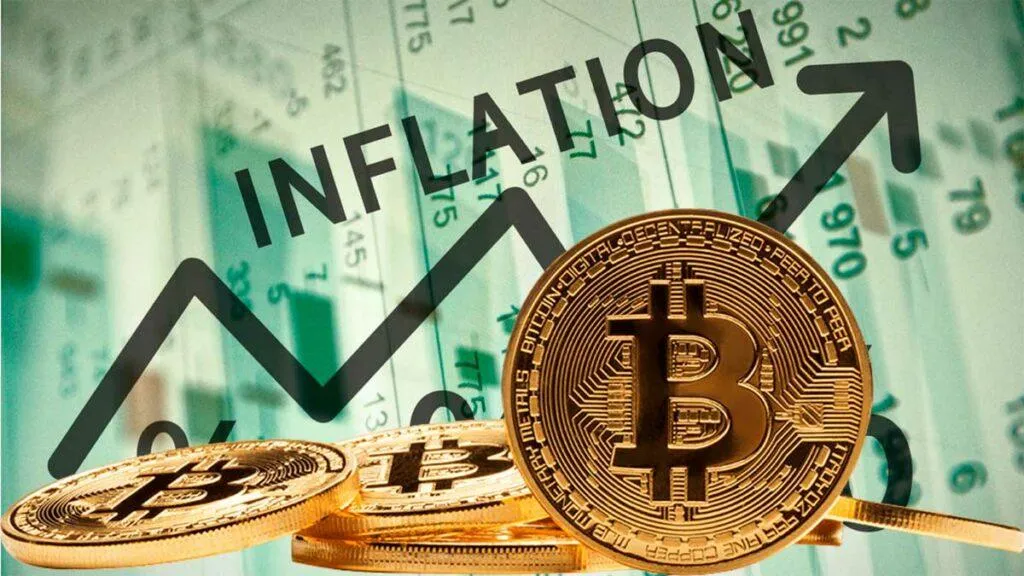
Bitcoin Is Too Volatile? It’s More Predictable Than You Think
“Bitcoin is too volatile.”
“It’s way too risky to take seriously.”
“Prices swing 10% in a day—how could this ever be money?”
These are common reactions—and they’re not wrong. Bitcoin is volatile.
But volatility doesn’t mean failure. In fact, it might be the most misunderstood feature of Bitcoin—and one of its biggest strengths over the long term.
Let’s unpack what volatility really means… and why it’s not the dealbreaker you’ve been told it is.
Volatility = Early-Stage Adoption
Bitcoin is only 15 years old. Compare that to gold (thousands of years) or fiat currencies (decades under centralized control). Bitcoin is still a teenager in monetary terms.
All early-stage technologies go through volatile price discovery:
The internet
Smartphones
Amazon stock
Even electricity
Bitcoin is doing something even harder:
It’s trying to become a new global money—without a CEO, marketing team, or central bank.
Volatility is the cost of that ambition.
Volatility Cuts Both Ways
People panic when Bitcoin drops 30%. But they ignore when it climbs 300%.
You can’t have one without the other.
Bitcoin went from $1 to $69,000 in 13 years.
In that time, it crashed over 80% multiple times.
And each time, it came back stronger.
That’s not a sign of weakness.
That’s a pattern of monetary monetization—price discovery for a scarce asset becoming money before our eyes.
Why Is Bitcoin So Volatile?
Several reasons:
Fixed Supply: There’s no way to “print more Bitcoin” to smooth out price shocks like central banks do with fiat.
Inelastic Market: A sudden surge in demand can't be met with more supply—so prices swing hard.
Global Trading: It trades 24/7, across all markets and currencies, so it's always reacting to news.
Speculation: Many people still treat Bitcoin like a get-rich-quick asset instead of a savings vehicle.
But here’s the key point: as adoption grows, volatility shrinks.
Bitcoin’s volatility has steadily decreased over time. It will never be perfectly stable—but neither is gold, real estate, or stocks.
Compare That to Fiat
The U.S. dollar might feel stable—but that’s an illusion.
Its purchasing power has dropped over 97% since the Federal Reserve was created. It’s a slow bleed, not a sudden shock. But it’s just as destructive.
Volatility isn’t your enemy.
Debasement is.
Bitcoin might fluctuate day-to-day, but over the long term, it protects your purchasing power. Fiat does not.
Think in Years, Not Days
Most people who complain about volatility are thinking in days or weeks.
But Bitcoin rewards long-term holders. Always has.

If you zoom out, Bitcoin becomes shockingly predictable—thanks to its fixed supply and four-year halving cycles.
The people who win in Bitcoin are the ones who hold through the noise.
Final Thoughts
Yes, Bitcoin is volatile. It always will be—especially in its early decades.
But that volatility is a feature of open price discovery, not a flaw. It’s what you get when a free-market asset competes head-to-head with manipulated fiat systems.
And over time, that volatility trends in one direction: upward.
Bitcoin volatility is the price you pay for the most secure, decentralized, censorship-resistant savings technology the world has ever seen.
The real question isn’t “Why is Bitcoin so volatile?”
It’s “Why is my fiat money so predictably bad?”
If you liked this article, give this one by Parker Lewis a read as well! https://www.unchained.com/blog/bitcoin-is-not-too-volatile
Want to build confidence through Bitcoin’s ups and downs?
Download our free guide: Bitcoin Unlocked: A Guide to Financial Sovereignty
Shout out to BullishBTC.com—where we make Bitcoin make sense, no matter the price.
